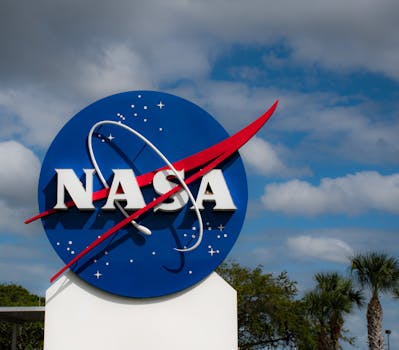Satellite Launch Missions and Their Impact on Space Exploration

Satellite Launch Missions and Their Impact on Space Exploration
Satellite launch missions have been a crucial aspect of space exploration for decades, and their impact on the field has been significant. The Focus Keyword: Satellite launch missions have enabled humans to study the universe, communicate with each other, and navigate the globe. In this article, we will delve into the world of satellite launch missions and their impact on space exploration.
The first satellite launch mission was achieved by the Soviet Union in 1957, with the launch of Sputnik 1. This pioneering mission marked the beginning of the space age and paved the way for future satellite launch missions. Since then, numerous satellite launch missions have been conducted by space agencies and private companies around the world, including NASA, SpaceX, and the European Space Agency.
Types of Satellite Launch Missions
Satellite launch missions can be categorized into several types, including communications satellites, navigation satellites, weather satellites, and Earth observation satellites. Communications satellites, such as the International Telecommunication Union (ITU) satellites, provide global communication services, including telephone, internet, and television. Navigation satellites, such as the Global Positioning System (GPS) satellites, provide location information and timing signals for navigation and other applications.
Weather satellites, such as the Geostationary Operational Environmental Satellite (GOES) series, monitor weather patterns and provide critical data for weather forecasting. Earth observation satellites, such as the Landsat series, provide high-resolution images of the Earth’s surface, which are used for land use planning, natural resource management, and disaster response.
Impact of Satellite Launch Missions on Space Exploration
Satellite launch missions have had a profound impact on space exploration, enabling humans to study the universe, communicate with each other, and navigate the globe. Satellite launch missions have also facilitated the exploration of other planets and celestial bodies, such as the Moon and Mars. For example, NASA’s Mars Reconnaissance Orbiter, launched in 2005, has provided critical data and images of the Martian surface, which have helped scientists to better understand the planet’s geology and potential habitability.
Satellite launch missions have also enabled humans to conduct scientific research in space, such as the study of the Earth’s magnetic field, the solar wind, and the cosmic microwave background radiation. The Hubble Space Telescope, launched in 1990, has made numerous groundbreaking discoveries, including the determination of the rate of expansion of the universe and the detection of dark energy.
Challenges and Future Directions
Despite the many successes of satellite launch missions, there are still significant challenges to be overcome. One of the main challenges is the high cost of launching satellites into space, which can be prohibitively expensive for many organizations and countries. Another challenge is the risk of satellite collisions and the resulting space debris, which can pose a significant threat to operational satellites and the environment.
To address these challenges, space agencies and private companies are developing new technologies and strategies, such as reusable launch vehicles and satellite constellations. For example, SpaceX’s Falcon 9 rocket has demonstrated the ability to launch satellites into space and return to Earth, reducing the cost of access to space. Satellite constellations, such as the Iridium NEXT constellation, provide global coverage and can be used for a variety of applications, including communication, navigation, and Earth observation.
In conclusion, satellite launch missions have been a crucial aspect of space exploration, enabling humans to study the universe, communicate with each other, and navigate the globe. As technology continues to advance and new challenges are overcome, satellite launch missions will remain a vital component of space exploration, enabling humans to push the boundaries of what is possible and to explore the vast expanse of space.


